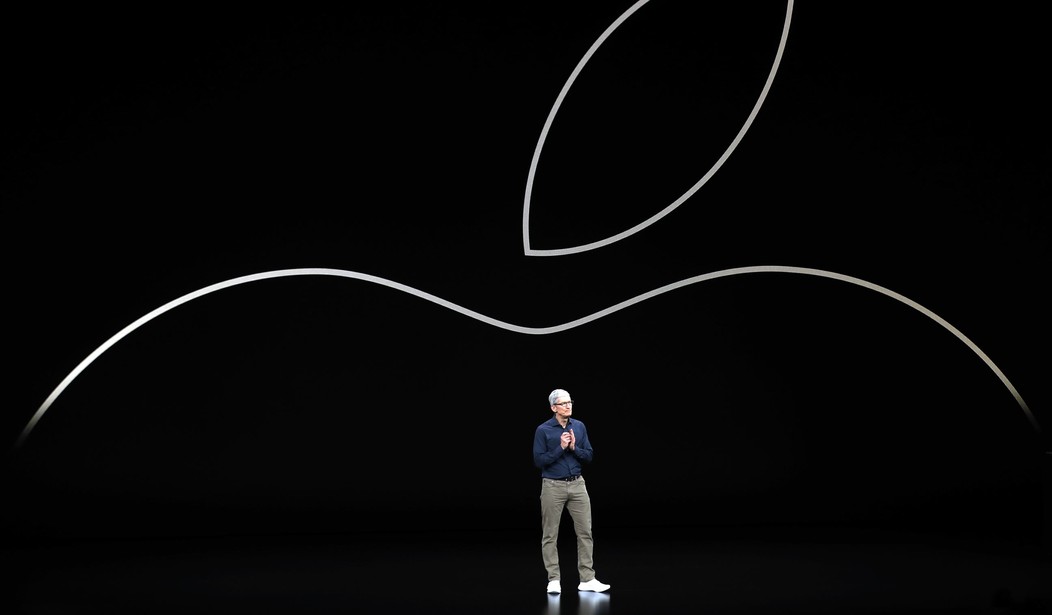This week's launch of Apple's version of a virtual reality (VR) headset, the Apple Vision Pro, will likely be remembered as the day that marked the beginning of the end of the VR phenomenon.
While these devices are hailed as the next leap in digital evolution, there are already arguments as to why it may prove to be a flop. Arguments so substantive that even Apple cannot overcome them. Let's take a look.
Price
With more Americans struggling than ever, one obvious reason for not buying the Apple Vision Pro is the exorbitant price. The starting price of $3,499 is more than many Americans make in an entire month.
For the same amount of money, one could build their own entertainment room, complete with a 100-inch television, surround sound system, gaming devices and new furniture and have considerable money left over. Given that Meta sells similar headsets for just a few hundred dollars, it is difficult to understand why Apple believes such a high price point will work in its favor.
Seeing people’s reactions to trying Apple Vision Pro for the first time today was wonderful. Some people had tears in their eyes! Our mission is to enrich people’s lives, and I could feel that happening in real time. What a day! pic.twitter.com/VOOVBgrEbo
— Tim Cook (@tim_cook) February 3, 2024
Mental Health
The allure of VR technology lies in its promise of immersive experiences, yet it also fosters isolation from the real world. The very nature of VR, designed to create a comprehensive virtual environment, means that users are cut off from face-to-face interactions and the nuanced emotional connections that only occur in the physical world.
Virtual reality also risks diminishing appreciation for the natural environment. While there is no known cure for most mental health disorders, getting out and exercising is an almost foolproof method of lifting one's mood, even just temporarily. In a time when people feel increasingly anxious and depressed, society is seeking solutions that will lift their mood rather than lower it.
Historical precedents
Historical precedents like Google Glass and the decline in 3D cinema popularity underscore a broader skepticism towards technology that intrudes upon our natural sensory experiences. Google Glass was one of the company's greatest failures, hindered mainly by the fact people did not enjoy wearing them.
Similarly, the novelty of 3D cinema waned as audiences found the discomfort of wearing 3D glasses outweighed the added immersion. Both examples indicate an instinctual preference for genuine experiences over those fabricated by technology.
While VR headsets have been on the market for over a decade, their success has also been limited. While the industry has indeed grown and is expected to do so further, adoption rates remain relatively low. According to most estimates as of 2023, the VR market was worth around $15 billion. In comparison, the global gaming industry is valued at $282 billion.
Value proposition
While it offers novel entertainment and potential applications in education and training, the Apple Vision Pro's value proposition remains nebulous. Unlike groundbreaking inventions such as the iPod, which revolutionized music consumption with clear benefits, VR struggles to identify a problem it solves.
On its website, Apple fails to list any tangible benefits that could not be accessed on its other devices. All its most important functionalities are merely adaptations of Apple apps that already exist. The only exception to this would be the creation of an app that only be used on VR, although it is difficult to imagine what that could look like.
So, which problem does Apple Vision Pro solve?
— J.A.S (@nimblegeek) February 2, 2024
User comfort and experience
Apple Vision Pro will inevitably face criticism related to its comfort and overall experience, with many users reporting issues such as motion sickness, eye strain, and discomfort from the weight of the device.
These concerns stem from the inherent design of VR headsets, which require users to wear a significant piece of hardware on their heads for extended periods. Addressing these issues will take years, if not decades, for Apple to resolve--and by then, it might be too late.
Conclusion
With a market value of over $3 trillion, Apple is undoubtedly America's greatest-ever technological success story. Given the incredible strength of its brand, many techies will surely be keen to give it a try. Yet for the reasons outlined above, the Apple Vision Pro is a bold attempt at entering a market that many do not believe will ever succeed. Only time will tell whether we are proven right.














